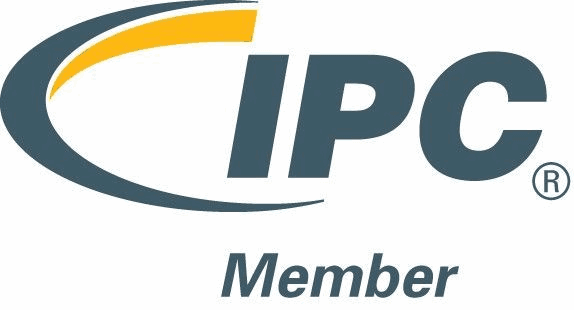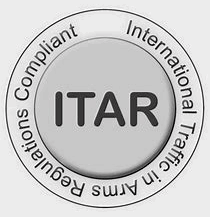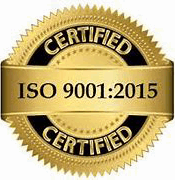Like most industries throughout the modern manufacturing realm, today’s electronics manufacturers are increasingly turning to automation to help their businesses remain flexible, efficient, and sustainable.
Automated manufacturing technology offers American electronic manufacturing service (EMS) providers the increased capacity required to compete with their counterparts overseas. Beyond productivity, automation can also facilitate more consistent quality control and far more versatile product range.
In fact, when it comes to producing some modern micro electronics, PCB assemblies, and other highly complex components, automated manufacturing technology is not only advantageous, it’s required, as no alternative production methods exist.
Automated Surface Mount Technology
Surface mount technology (SMT) was originally developed in the 1960s, and fully integrated into most PCB assembly operations by the 1980s. Since then, automated SMT processes have made great strides in both capability and efficiency.
Automated SMT systems give EMS companies a streamlined method of assembly so that we can offer much shorter lead times, along with the reduced costs of lean manufacturing. State-of-the-art SMT systems have also paved the way to the production of higher-density PCBs, double-sided PCBs, as well as various micro electronics which rely on advanced, highly repeatable automated assembly processes.
MPL is known for its expertise in this area – our knowledge of surface mount technology and the ability to manufacture extremely complex PCB assemblies has been a huge contributor to our company’s success for over 30 years.
Automated Selective Soldering
Automated selective soldering is a process that utilizes precision-programmed CNC robotic arms to selectively solder components onto a PCB. Today’s electronics manufacturers use selective soldering automation to substantially increase their PCB assembly capacity while also minimizing manufacturing errors and defects.
Through automating the selective soldering process, we are able to achieve precise and consistent soldering of through-hole components, such as connectors, switches, and large components that cannot otherwise be surface mounted, with the whole process being automated to maximize consistency while minimizing labor costs.
Automated Inspection Equipment and Quality Control Systems
In addition to the actual manufacturing process, automated technology plays an increasingly crucial role in the quality control realm and product testing. For example, automated solder inspection equipment automatically analyzes the consistency and integrity of solder joints. Automated vision systems can automatically inspect the exact position and orientation of all surface mount/through-hole components for assembly errors.
Automated Assembly Systems and Special Purpose Machinery (SPM)
In addition to the above automation solutions, today’s EMS companies rely on various automated assembly systems and special purpose machinery that is engineered to automatically perform specific assembly tasks. From conformal coating to de-paneling, electronics manufacturers can use special purpose machines to streamline virtually any turnkey assembly operation.
While MPL utilizes a large variety of automated equipment, if there is anything you don’t see on our equipment list, we are always open to exploring additional tools that could result in shared savings across our long term partnerships.




